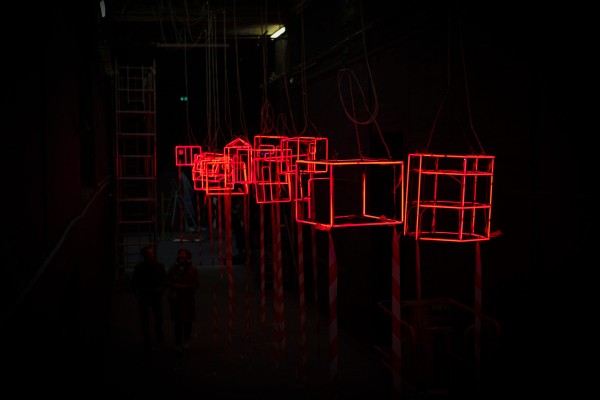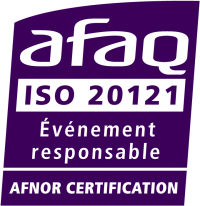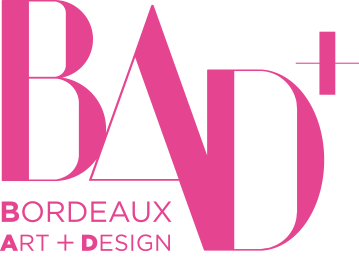At a time when art and eco-responsibility are becoming increasingly important, the museums of Bordeaux and the FRAC Nouvelle-Aquitaine Méca, partners of the BAD+, have implemented different approaches to reduce their carbon footprint.
Eco-responsible actions and energy optimization
Based on the principle that in this area, everyone can take action as an individual, the FRAC Nouvelle-Aquitaine Méca has established internally and in a collegial manner 16 eco-responsible gestures at work. These simple ideas have also been adopted by the team at the CAPC Museum of Contemporary Art, which has banned the use of plastic promotional items and aims to completely eliminate single-use plastic. This perspective is accompanied by more important investments that target thermal and energy improvements.

The light sources in the museum's nave have been replaced by LED equipment, which consumes less energy, and the heating system in the Entrepôt Lainé is being transformed. This optimization is also at the heart of the renovation project of the Museum of Decorative Arts and Design, another partner of the show, which is spread around a private mansion and a former prison. As part of the work that will begin next year, MADD Bordeaux contacted Alexie Sommer and Ella Doran of the Urge collective. The latter carried out an audit for the Design Museum in London, which enabled it to effectively reduce its greenhouse gas emissions.
Art and eco-responsibility: reuse, recycling and short circuits
In terms of sustainable consumption, short circuits and reuse provide other solutions. Whether at the CAPC, the FRAC, the MADD or the Musée des Beaux-Arts, furniture, building materials, picture rails, transport crates, decorations and scenographic elements specific to each temporary exhibition are reused from one exhibition to the next whenever possible. What cannot be reused is donated to local schools or associations.
As an extension of this dynamic, the CAPC favors partnerships with ethically responsible and local companies. And the MADD has chosen to extend the duration of its major exhibitions (from 3 to 6 months), thus making it possible to amortize one of the main sources of carbon emissions for museums.

Role of awareness and resource centre
Environmental considerations also conquer the scientific and cultural projects of the show's partner cultural institutions. At the MADD, the climate issue permeates several exhibitions (from "Playground, the design of sneakers" to "Paysans designers, l'agriculture mouvement") as well as several recent acquisitions. This is evidenced by designer Jerszy Seymour's sanitary unit, similar to a fully autonomous sustainable bathroom, which will be presented for the first time at BAD+ in Hangar 14.
At the FRAC, this tropism is accomplished in particular in the support to artists engaged in these reflections with this year a cross-residency that brings together the writer Geoffroy Lachassaigne and the visual artists Sarah Trouche and Morvarid K. All these initiatives demonstrate that art and eco-responsibility can be synonymous. Other actions should see the light of day in the framework of the action plan launched by the municipality.

